Our Forests gathers five charismatic leaders who are implementing local solutions to protect the forests for everyone. Get to know them and their forests and share their profiles to champion them on social media.
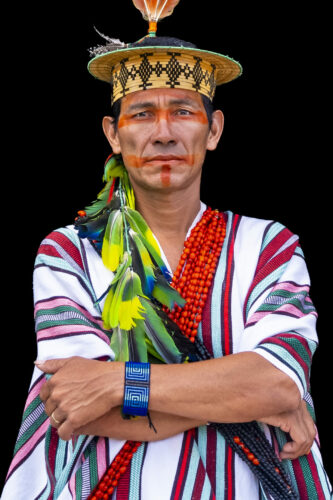
Benki Piyako
A cacique of the Ashaninka people, Benki is an activist committed to protecting the primary forest of Brazil and ceaselessly searching for innovative techniques to preserve it. He engages in international advocacy to influence the global political scene, and locally, has installed internet and video cameras in the Amazon to alert government authorities in real time to looting by illegal loggers.

Brazil,
AMAZON
For years, the Amazon has been a victim of massive deforestation, with terrifying disappearance of unique biodiversity and the habitat of many indigenous communities. Climate change has brought huge forest fires in its wake. Since early 2021, the Amazon, once known as the lungs of the planet, has been emitting more CO2 that it absorbs. Corporations, investors and auditors have failed to identify the scale and regularity of deforestation in supply chains operating in the Amazon, hence continuing to drive deforestation. Indigenous peoples are increasingly experiencing human rights violations, particularly in relation to the extractive, renewable energy, and agribusiness sectors.
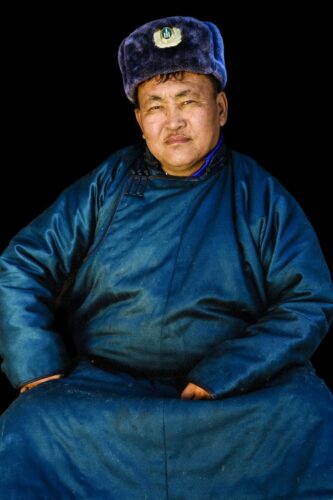
TUMURSUKH JAL
A graduate of the National University of Mongolia, Tumursukh had a dream of Mother Nature asking him to protect her. Aware of the urgency to act in order to save the natural and cultural heritage of his country, this former hunter was named director of the protected Mongolian Taiga area in 2012. Tumursukh has made it his mission to convert traditional hunters and illegal miners from local communities into experienced forest guards who preserve the environment and forests in his region for the wellbeing of future generations.
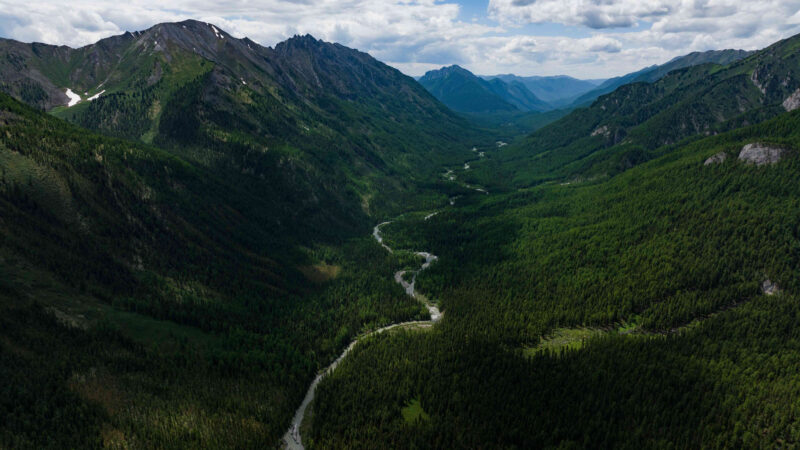
Mongolia,
Taiga
The Taiga, also known as boreal forest, covers around 17% of the surface of the Earth, and is home to the highest density of rivers and natural springs in the world. The Mongolian Taiga has been weakened by years of exploitation by large foreign mining companies and is now under threat from hunters and illegal miners. The Taiga forest is progressively being carved up into ever smaller fragments by industrial exploitation and wildfires. Enacting stricter laws and regulations on corporations and industrial actors is absolutely necessary to preserve the country’s primary forest areas, protect its populations and prevent the alarming loss of its biodiversity.

TWYLA EDGI MASUZUMI
Twyla grew up in the Sahtu region of northwestern Canada where her childhood was shared between school and nature, animals, and the forest. She has worked alongside her community elders for many years, fighting for the rights of indigenous people and the protection of the boreal forest. For Twyla, preserving this precious land, a land of future generations, first involves making a connection with the forest, then ensuring the transmission of knowledge from the oldest to the youngest members of society.
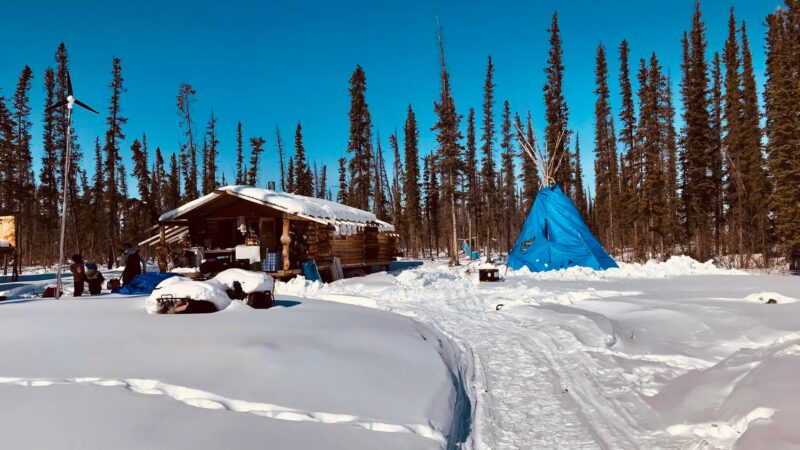
Canada,
North American Boreal Forest
The Canadian boreal forest accounts for around 28% of the world’s boreal forest, contains considerable freshwater resources and incredible biodiversity, and is the world’s largest intact forest and its most carbon dense forest ecosystem. More than 30% of North American migratory birds and over 600 First Nations communities depend on it. Unfortunately, each year industrial logging operations clearcut approximately one million acres of intact forest in Canada. In the face of a growing global demand for oil, Canada’s vast boreal forest has become the site of some particularly toxic mining operations, which pollute waterways and affect both biodiversity and the health of local communities. To secure Canada’s forests and their astonishing biodiversity, the practice of due diligence must be imposed on companies directly responsible for their degradation.

MUNDIYA KEPANGA
Chief of the Hulis tribe in Papua New Guinea, Mundiya is internationally recognised as a defender of primary forests. He acts on a global level to spread awareness and address the many threats facing forests by sharing solutions that work with with respect for our world and its environment, and by increasing surveillance of illegal trafficking.
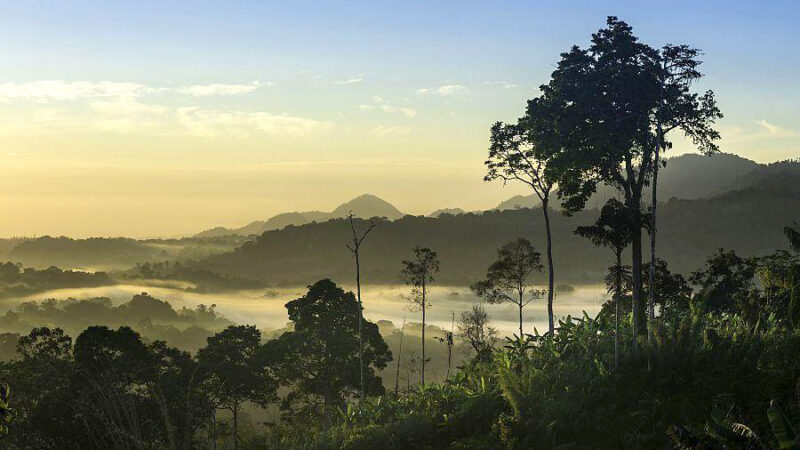
Papua New Guinea,
Indo-Pacific Forest
Papua New Guinea is a sanctuary for an incredible range of endemic flora and fauna. Accounting for just 1% of the world’s land mass, the country hosts more than 5% of its biodiversity. Between 2001 and 2022, Papua New Guinea lost a large area of forests, about the size of 1.79 million football fields – a 4.2% drop in the land covered by dense trees since 2000. The CO2 released by this loss is similar to what 1.34 billion cars would emit in a year. After years of deforestation, Papua New Guinea has resolved to fight destructive logging by adopting a sustainable approach. This small country is a world leader in terms of sustainable forest management, with some areas still in need of improvement. With illegal logging and trafficking being one of the main drivers of deforestation and destruction in the country, it is essential that every actor involved is held accountable and takes responsibility to safeguard the world’s third largest rainforest and all its treasures.

MAMBONGO
Mambongo, born in the primary forest of Gabon, is an Nganga (Diviner-Healer or “shaman”) who has acquired the rank of “Nima” (Master Initiator) within the Bwiti tradition. Using the knowledge of the traditional spiritual discipline of the Bwiti Missoko rite and the indigenous medicines provided by the plants, minerals and animals of the forest, he has become a highly respected teacher and medicine man. Mambongo is determined, as a guardian of his ancestors’ knowledge, to put all his energy into raising awareness and organizing actions to help preserve the forest.

Gabon,
African Equatorial Forest
The Gabonese forest – one of the world’s richest tropical forests – offers unique biodiversity and valuable resources, such as the iboga and guibourtia trees, and more than 1,000 species of medicinal plants. The forests of Gabon actually have more plant species than all West Africa’s forests combined. The country has been striving to protect this highly coveted natural heritage since 2002 with the creation of 13 national parks covering 11% of the territory, and forcing all timber to be FSC certified. While Gabon’s forests and its biodiversity are still being threatened by the activities of loggers and poachers, as well as plans to modernize the country’s infrastructure and agro-industrial agriculture, the various initiatives to protect the rainforest are steps into the right direction. Still, it is imperative for companies and other financial actors to commit to sustainable practices and corporate due diligence, to defend this rich and thriving natural area and the rights of its communities.